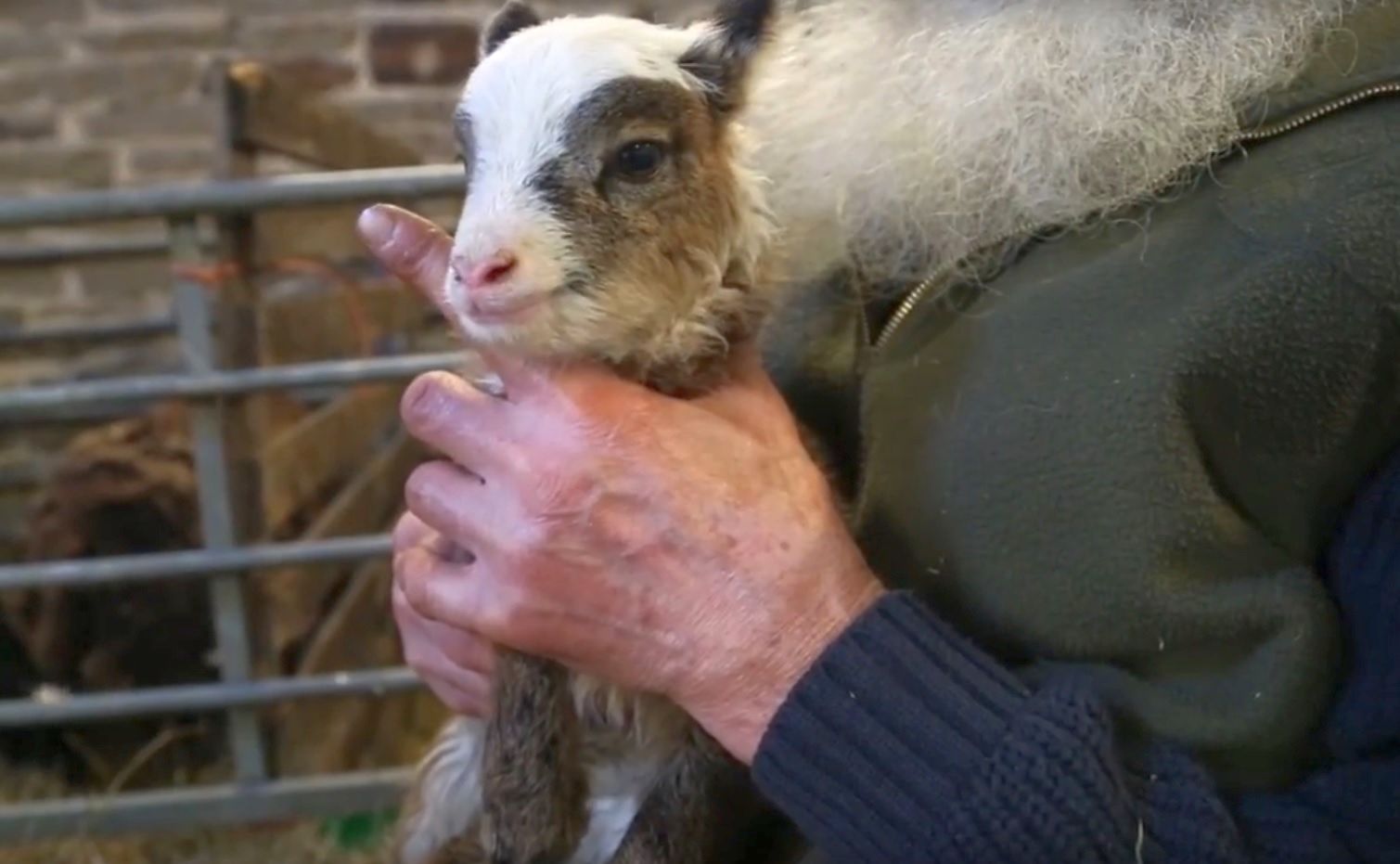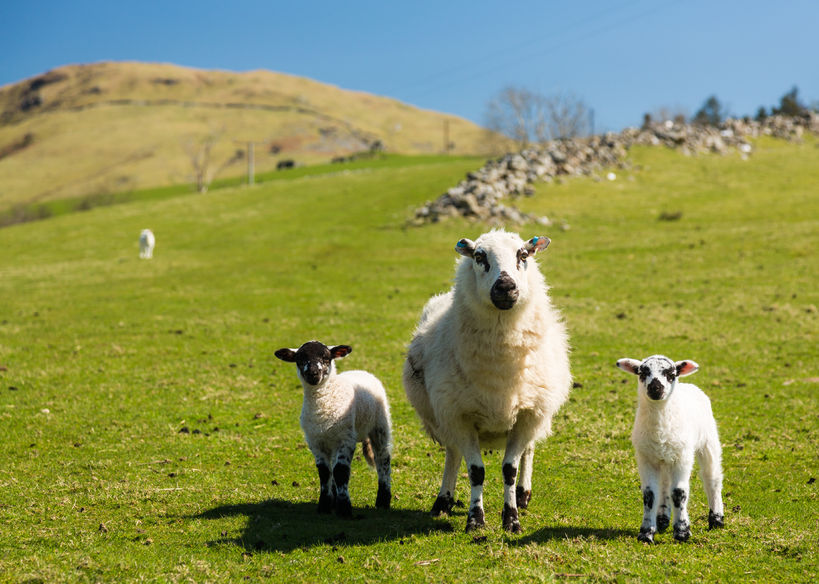
The sound of bleating lambs is not something you would usually associate with autumn, but at one Pennine farm they are hearing just that.
At Elysium Farm near Holmfirth in Yorkshire lambing season has come extraordinarily early and brought with it five Soay lambs, four months ahead of schedule.
Smallholders Peter Crook and Tricia Stewart were shocked to discover the first of the surprise arrivals on the last day of October. Peter said he could not believe what he was seeing, adding that “farming is full of surprises.”
The couple, who have kept the rare Soay breed for 18 years, said that they had never seen lambs this early ever before and that it was a “real surprise.”

On dealing with such an unexpected arrival, Tricia said: “We’re confident that the ewes will be able to manage, and the lambs will be able to manage, we have to be able to manage as well.”
Usually, lambing starts in early spring but some farmers start in November and others in April.
Ewes and rams mate in a process called tupping. This takes place in the autumn and lambs are born around 145 days later.
The amount of lambs born to one ewe varies. The average is 1.3 lambs per ewe but can be as many as five. Different breeds have different genetics, so farmers use the best ewes and rams they can to deliver fit, healthy offspring.
For Tim Jones, a livestock farmer who has just stood down as the NFU West Midlands livestock board chairman, lambing is the best job in the world.
“Being a sheep farmer is a fantastic lifestyle”, he said. “And lambing along with calving is the highlight of the year. The first few minutes when the lamb is born and opens its eyes are unbelievable. It’s the anticipation of a lamb being born. In fact, it’s the whole process.”
The toughest part of lambing, according to Tim, is the long nights. “Waking up in the middle of the night, at say two thirty, doesn’t get any easier even though I’ve been doing this for years. I did my first night-time lambing shift when I was about 16 so dad could have a rest. I was just left to get on with it.”
